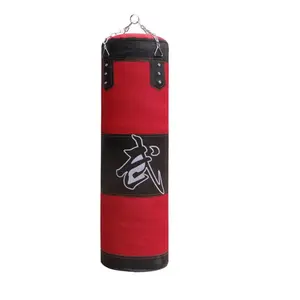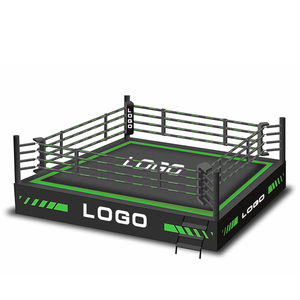Understanding Boxing Ring Size Specifications
The boxing ring size is a critical factor in the sport of boxing, serving as the stage for athletes to showcase their skills. A boxing ring is not just a fighting space but a carefully designed sports apparatus with specific boxing ring dimensions that cater to various levels of the sport, from amateur bouts to professional showdowns. The size of the boxing ring can significantly influence the dynamics of a match, making the understanding of its measurements essential for participants and organizers alike.
Boxing Ring Measurement Standards
When it comes to boxing ring measurement, there are established norms that ensure consistency across competitions. The official boxing ring size varies depending on the sanctioning body, but it generally falls within a recognized range. For instance, the olympic boxing ring size adheres to strict guidelines to maintain fairness and safety in the sport. Similarly, the professional boxing ring dimensions are designed to provide ample space for movement and strategy, allowing boxers to perform at their best.
Features and Applications of Different Boxing Ring Sizes
The size of the boxing ring can range from smaller training rings to the professional boxing ring size in feet, which is larger and used in major competitions. Training rings may have more compact boxing ring dimensions to accommodate space constraints and focus on skill development. In contrast, a pro boxing ring size is designed for high-stakes matches where every inch can make a difference in the outcome of a fight.
Materials and Construction of a Boxing Ring
The construction of a boxing ring involves meticulous craftsmanship, with materials chosen for durability and safety. The sports surface typically includes multiple layers, such as buffer layers to absorb impact and silencer layers to reduce noise. The frame is often made of robust materials like stainless steel, ensuring the boxing ring height and structure remain stable during intense bouts.
Advantages of Standardized Boxing Ring Sizes
Standardization in boxing ring size in meters and feet brings numerous advantages to the sport. It ensures that athletes compete on an equal footing, with a uniform playing field that is recognized globally. This consistency is crucial for the integrity of the sport, whether it's an amateur competition or a professional boxing ring size match. Moreover, standardized sizes facilitate the design of training programs and preparation strategies, as coaches and athletes can tailor their techniques to the space they will compete in.
Selecting the Appropriate Boxing Ring Size
Choosing the right boxing ring standard size is essential for any competition or training facility. Factors such as the level of competition, space availability, and regulatory compliance play a significant role in determining the appropriate measurement boxing ring size. It's important for buyers to consider these aspects when selecting a ring to ensure it meets the needs of the athletes and the standards of the sport.










































 浙公网安备 33010002000092号
浙公网安备 33010002000092号 浙B2-20120091-4
浙B2-20120091-4